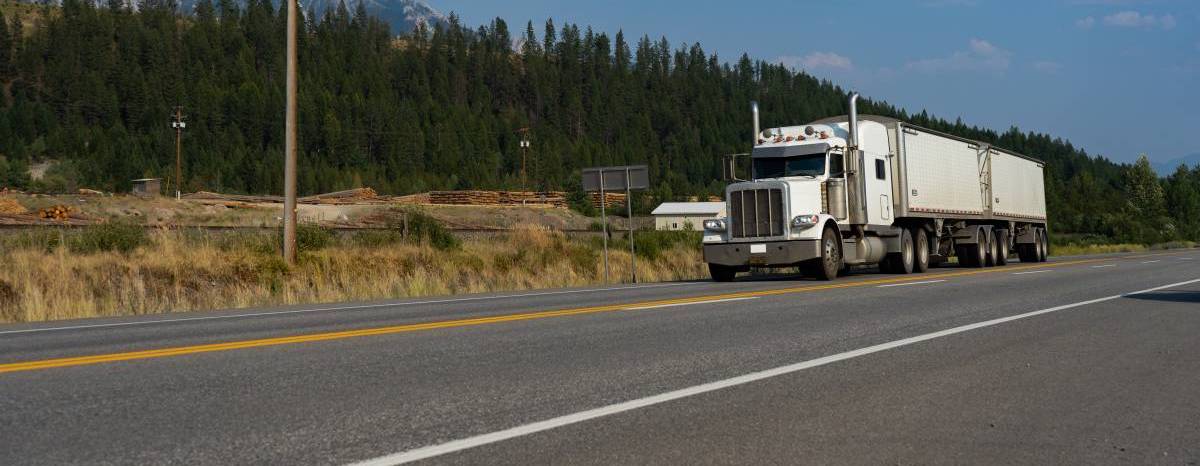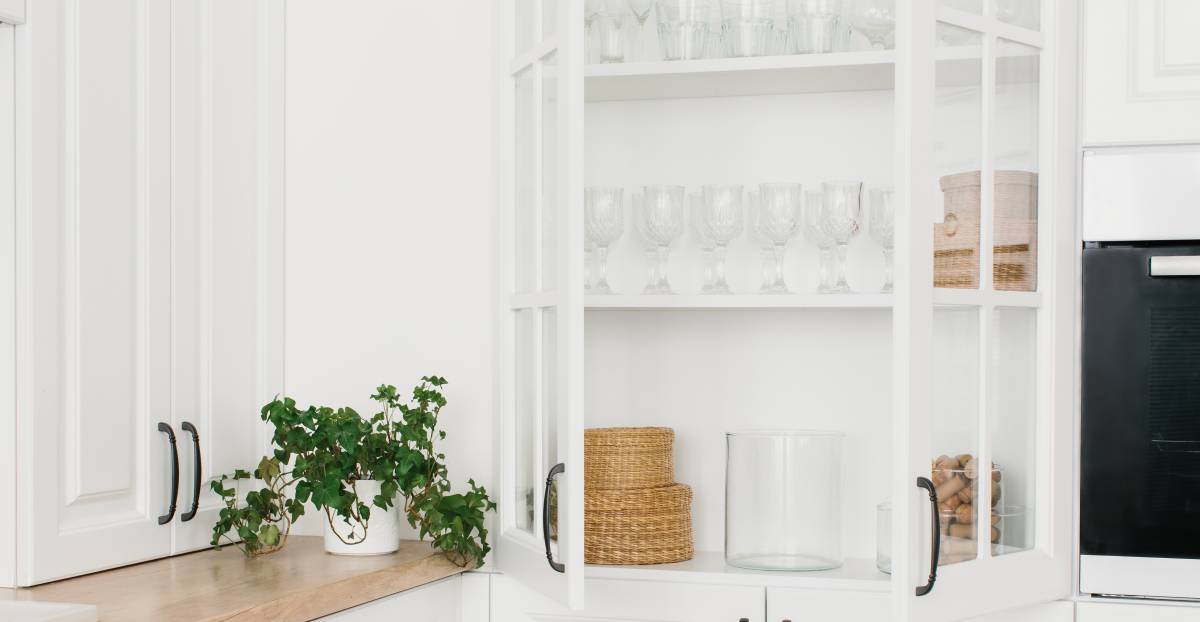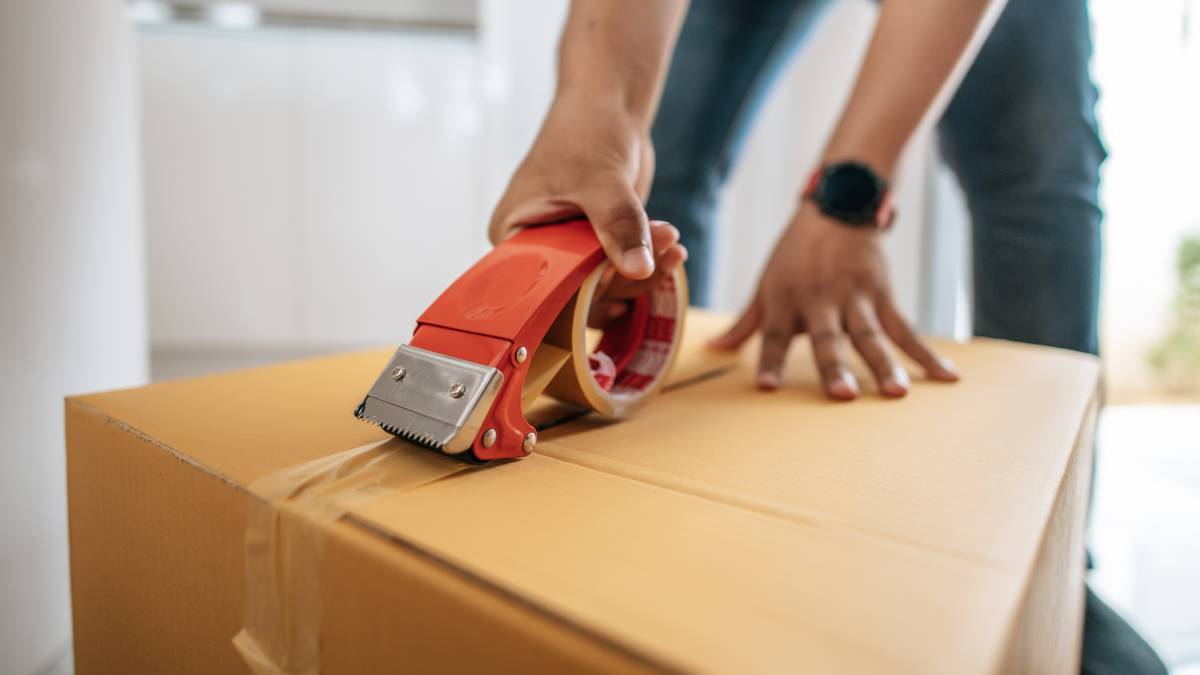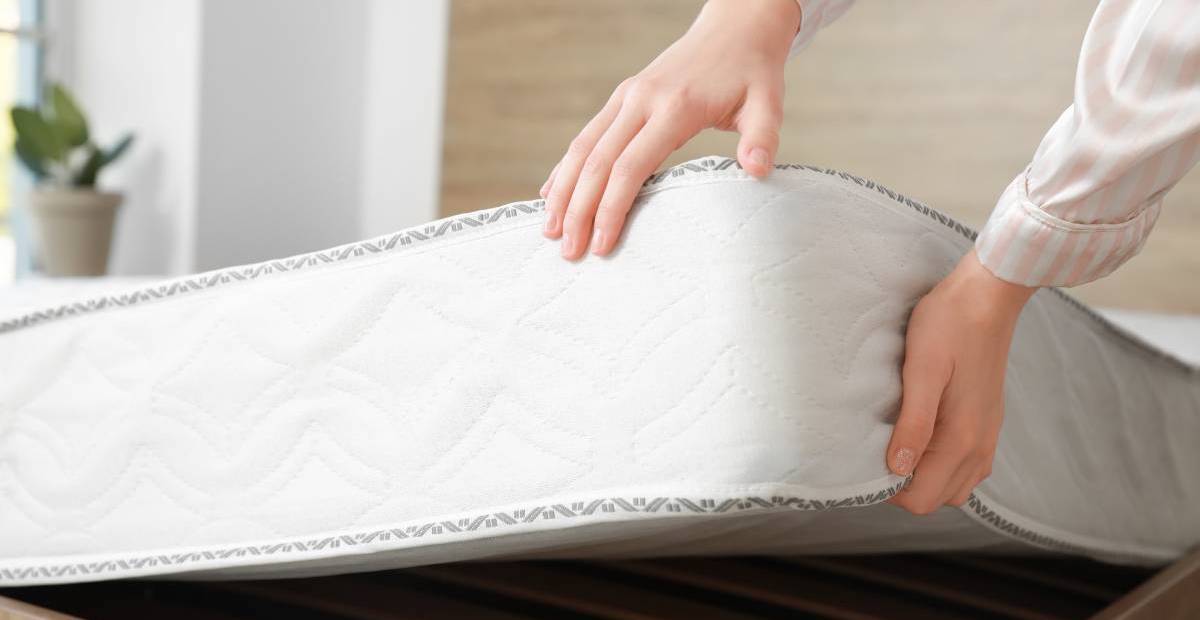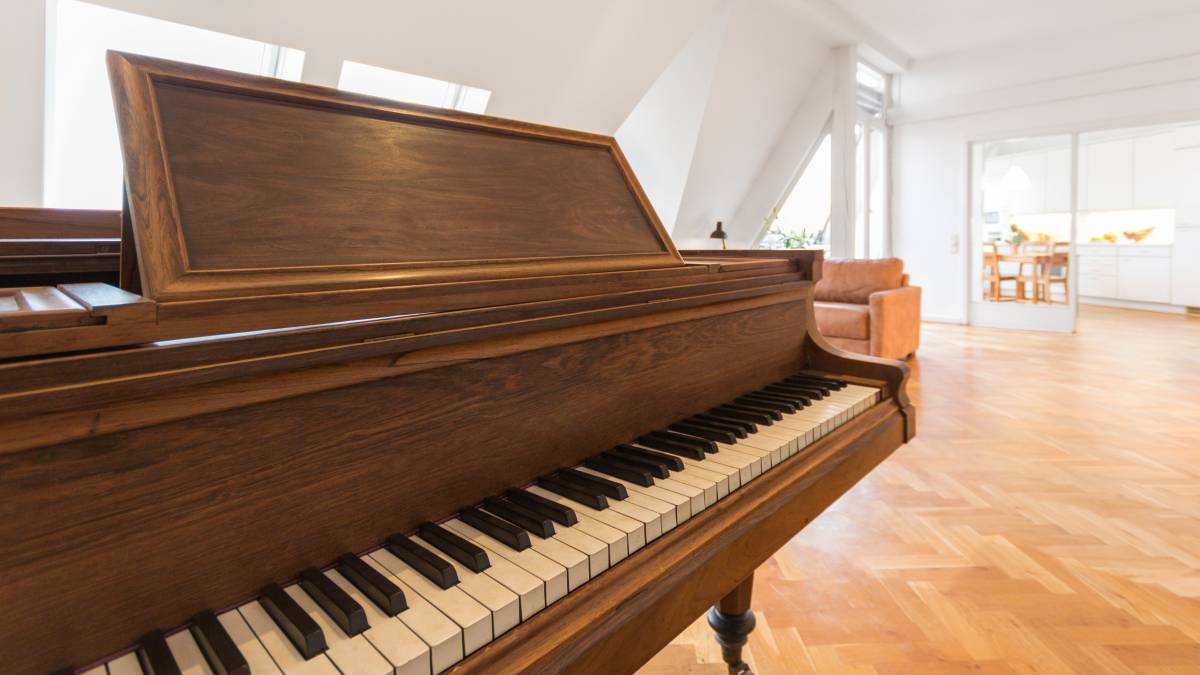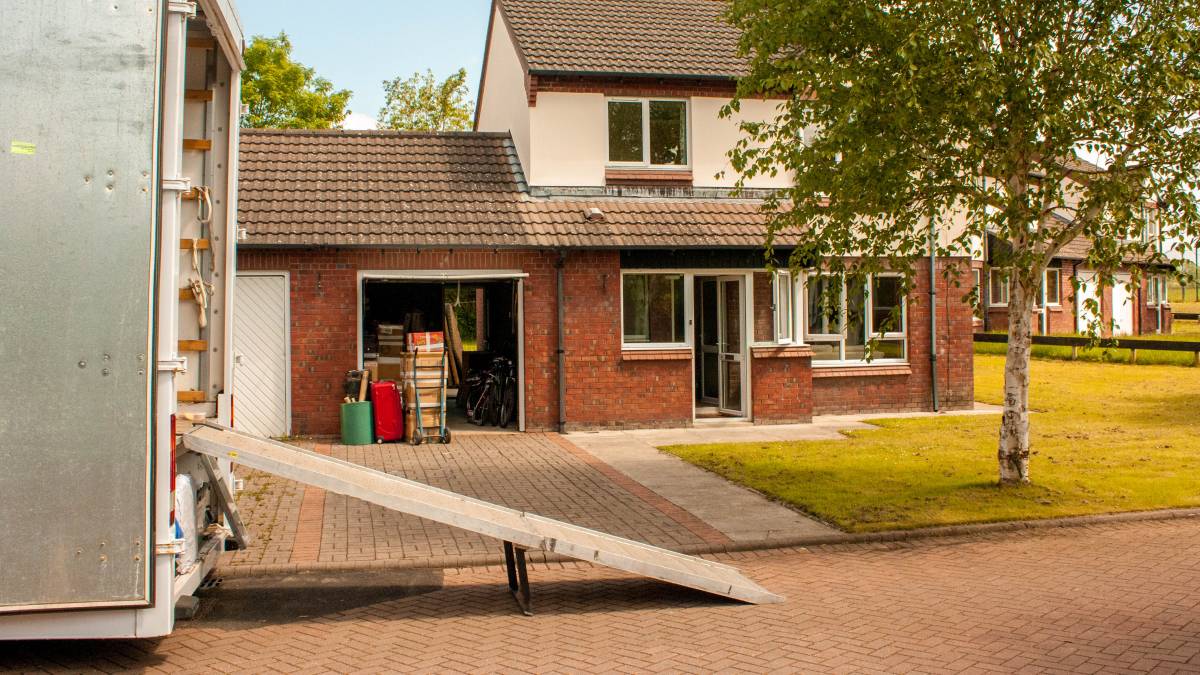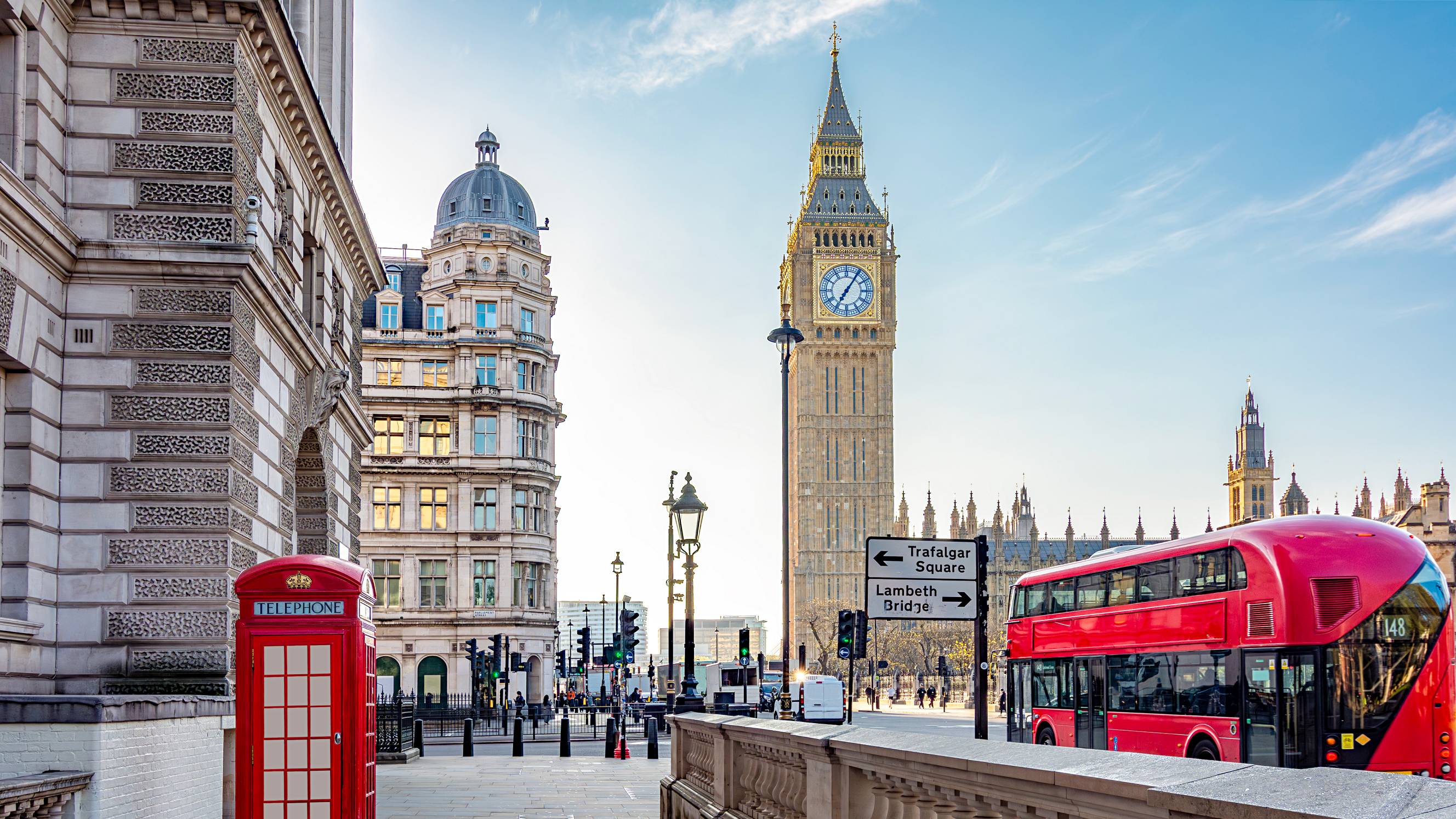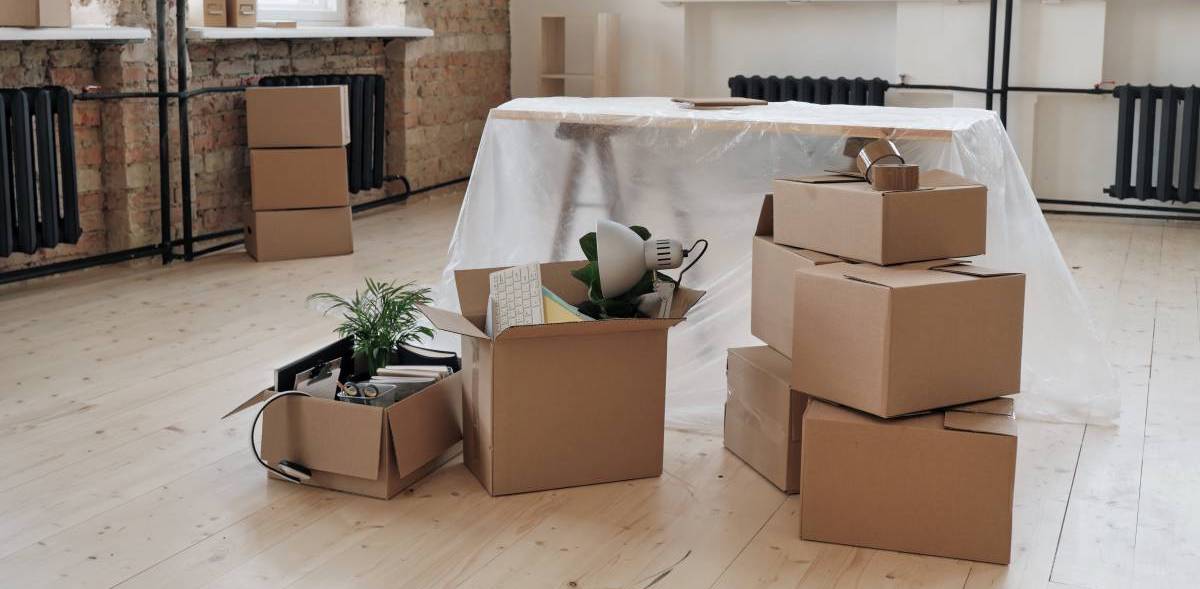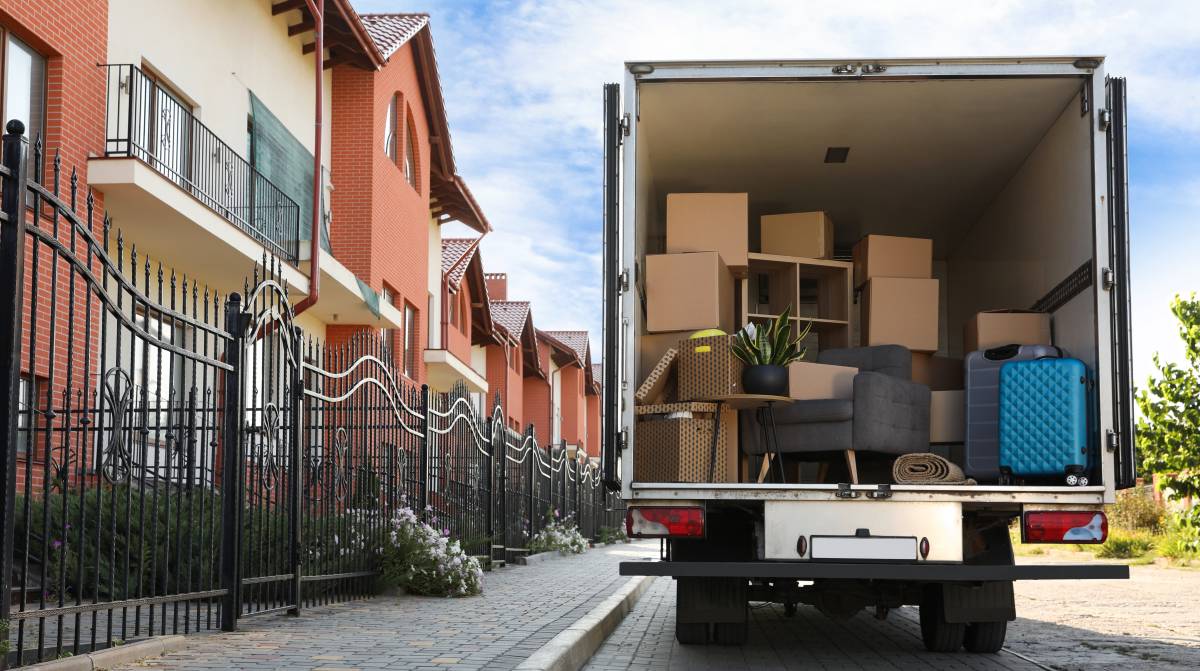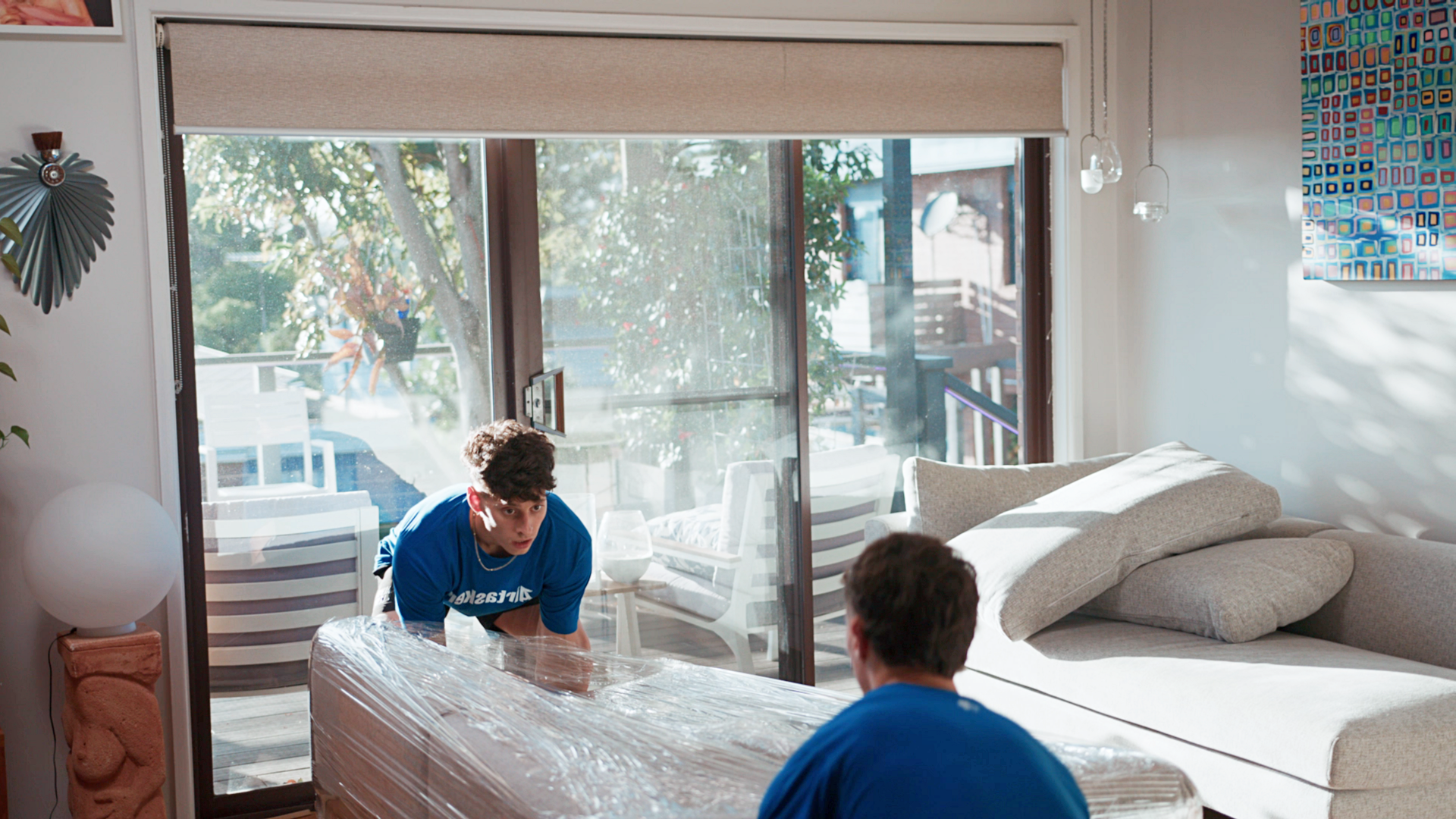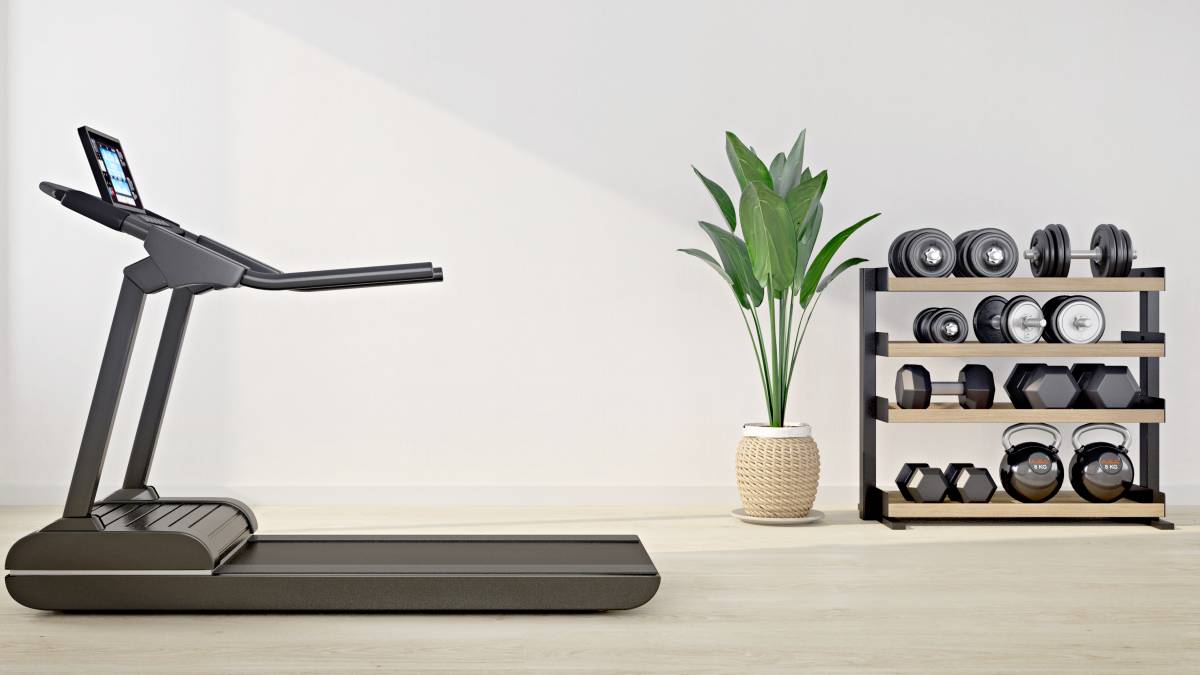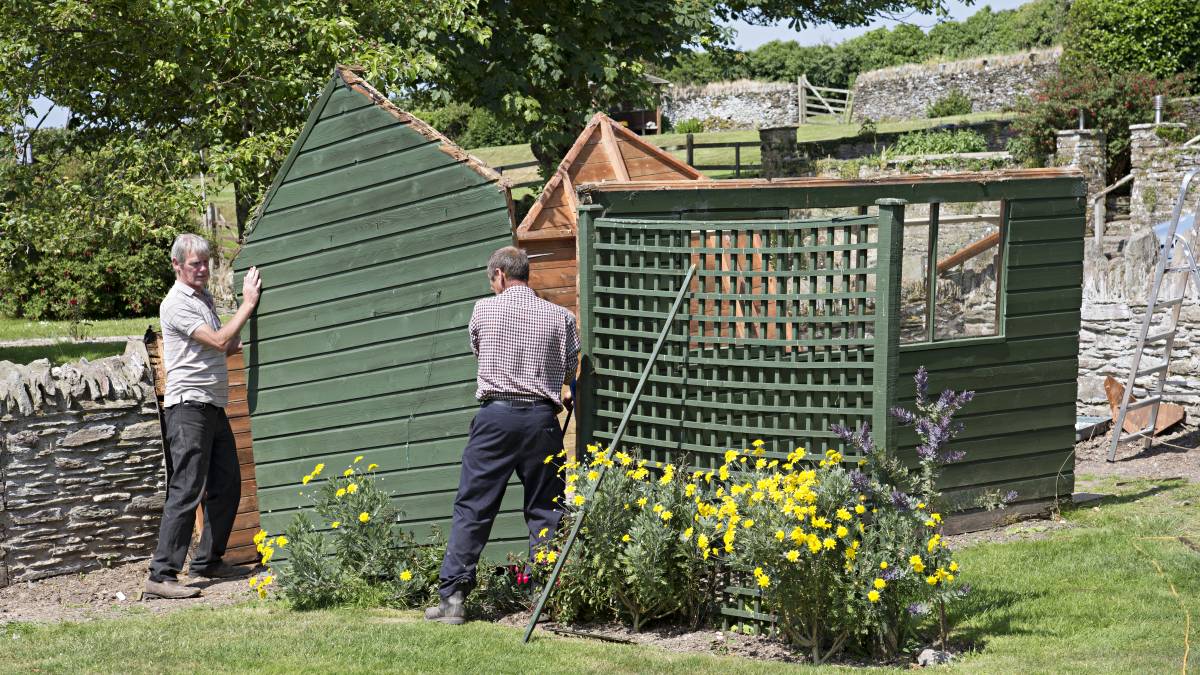
6 Downsizing challenges and how to clear them
Make less feel like more with downsizing tips
Hire a moverPublished on

Written by Ella M.
Staff Writer
Read more about our contributor
Key Takeaways:
Preserve meaningful heirlooms, create keepsake boxes, and photograph sentimental items so their stories continue in your new house without overwhelming it.
Prevent financial surprises and family conflicts by budgeting carefully, discussing expectations openly, and prioritising housing needs early.
Hire professional movers to manage heavy lifting, transport, and logistics. This will allow you to conserve energy and reduce stress when downsizing.
What do you do when the simple life that you want is literally too much in the space you presently have?
For many seniors, the dream of trading in a big family home for something more manageable comes with a surprising twist—it’s rarely as straightforward as it seems. From sorting decades of belongings to letting go of emotional ties, downsizing challenges can feel like roadblocks standing in the way of the freedom you’re craving.
The good news? You can overcome them and don’t have to face them alone. Here, we’ve listed the most common challenges of downsizing along with tips to clear clutter without guilt, plan wisely, and embrace a lighter lifestyle.
1. The emotional toll of letting go
Saying goodbye to a long-time family home is one of the hardest downsizing challenges. After all, it’s not just a house but the backdrop to birthdays, family dinners, and even the well-worn dining table that’s seen decades of stories. For many, the decluttering process is already overwhelming because every item carries a memory.
Moving from a house to a flat can feel like closing a chapter of life, making the thought of moving into a smaller space feel daunting rather than liberating. But while letting go is never easy, there are ways to make the process more meaningful.
First, focus on what truly matters. Bring along cherished heirlooms and create memory boxes that preserve the spirit of your family home in your new space. Photograph meaningful items you can’t keep so their stories aren’t lost.
2. The sheer volume of ‘stuff’
 Decluttering and organising unused clothing items. (Source: iStock)
Decluttering and organising unused clothing items. (Source: iStock)
It’s easy to underestimate just how much we’ve gathered over the years. According to research, more than half of households headed by a senior aged 65 and above had at least two spare bedrooms. That’s a lot of unused space filled with furniture, storage boxes, and ‘just in case’ items. No wonder working out how to get rid of stuff can feel difficult. Suddenly, there’s less space in your new home, but your current home is overflowing with stuff you rarely use.
The trick in downsizing for seniors is to start small and allow yourself to take it step by step. Tackle one drawer, one cupboard, or one room at a time, and sort belongings into simple categories: Keep, Donate, Sell, or Discard.
3. Family disagreements
Downsizing to a smaller home is rarely a journey made alone. Family members often bring different ideas to the discussion. A partner might dream of a smaller property with less maintenance, while adult children may struggle with the thought of selling the family home. Then come the decisions about which heirlooms should stay or go.
What should be an excellent opportunity for a fresh start can quickly feel overshadowed by conflict. With so many voices at the table, downsizing your home becomes more and more burdensome.
4. Financial uncertainty and hidden costs
 Reviewing contracts to avoid unexpected costs. (Source: iStock)
Reviewing contracts to avoid unexpected costs. (Source: iStock)
Many people downsize hoping to boost their savings or free up a little extra cash. But the financial side often brings a few surprises. Beyond selling your current home, there are stamp duty charges to consider, since downsizers aren’t exempt. Add to that the costs of conveyancing, surveying, and mortgage fees if you’re switching or closing a loan early, and the total can quickly climb.
Estate agent commissions, removals services, and even replacing furniture that doesn’t fit your new space can all chip away at your expected savings. On top of that, juggling legal paperwork, moving logistics, and settling into a smaller home can make the ‘simpler life’ feel a bit more expensive than planned.
That’s why it helps to take a practical approach from the start. Map out each stage of your move and set a realistic budget for every step. And don’t forget to include a small buffer for those surprise costs.
5. Lack of suitable housing options
Sometimes the hardest part of a home move isn’t letting go, but finding the right new space. For many older adults in the UK, one of the biggest downsizing challenges is the shortage of homes designed with retirees in mind. Much of the housing stock is either too large to manage or lacks practical features such as step-free access, wider doorways, or proximity to local services.
While bungalows and retirement flats exist, demand often outstrips supply, creating fierce competition. This lack of suitable options can leave many seniors feeling stuck in homes that no longer fit their needs or lifestyle.
When that happens, try to focus less on recreating your current home and more on how you want to live next. Maybe that means looking into retirement communities, shared ownership schemes, or new builds designed with comfort and accessibility in mind.
6. Physical and mental exhaustion
 Senior couple carrying boxes during a home move. (Source: iStock)
Senior couple carrying boxes during a home move. (Source: iStock)
Even after the big decisions are made, the process itself can still take a toll. Downsizing is often described as a marathon, not a sprint. And between sorting furniture, packing up room after room, and making decisions about thousands of belongings, it’s easy to hit a wall.
Research shows that about eight million elderly people in the UK are keen on downsizing. This shows that many will face the same exhausting physical and mental journey. Add the pressure of selling, moving, and adapting to less space in a new home, and it’s clear why the end-to-end downsizing process ranks as one of life’s most stressful transitions.
Move smarter, not heavier
More than just a practical choice, downsizing is a chance to redefine your lifestyle. By approaching downsizing challenges with positivity, you can create a home that better reflects your needs and unlock a simpler, more enjoyable way of living.
Of course, moving isn’t always easy, but help is just around the corner. Post a task on Airtasker to make downsizing easier and find skilled movers ready to assist. From careful handling to efficient moving, they’ll help make your transition seamless so you can focus on the exciting opportunities ahead.
Learn more about our contributors

Written by Ella M.
Staff Writer
Ella M. is a content writer and editor with years of experience helping readers find simple ways to make everyday life easier. She writes about moving, home organisation, and lifestyle improvement, with a focus on clarity, practicality, and a relatable approach. Outside of writing, Ella enjoys exploring new recipes, catching up on lifestyle trends, and unwinding with a good puzzle game.
FAQs on downsizing
Yes. Downsizing can be a smart move in the UK, especially for retirees looking to free up equity, cut living costs, and reduce home maintenance. Many seniors find that moving into a smaller, well-located property not only supports a more comfortable lifestyle but also creates opportunities for travel, leisure, or helping family.
In the UK, many people consider downsizing their home in their late 50s to early 70s. However, 64 is the optimal age for it, according to a study. The decision often aligns with retirement, when maintaining a larger property becomes less practical. Life changes such as children leaving home, health concerns, or a desire for simpler living can also spark the move.
The best place to downsize depends on what matters most to you. Some retirees prioritise being close to family, while others seek vibrant communities with healthcare nearby. If seaside views and fresh air appeal to you, coastal towns may suit you, while those who enjoy culture might prefer historic cities or lively market towns. The ideal spot is the one that supports your lifestyle, budget, and long-term comfort.
Downsizing means moving to a smaller property, often to save money or simplify daily living. On the other hand, decluttering focuses on reducing belongings within your current home.
Decluttering can be a first step towards downsizing, as it helps you sort through possessions and keep only what truly adds value. However, downsizing reshapes your living space entirely, often leading to lower costs, less upkeep, and a more manageable home for retirement.
Find movers, fast
Find a mover
Related articles

A guide to becoming a removalist
Read more

Tips for moving house with kids
Read more

How to pack mirrors for moving
Read more
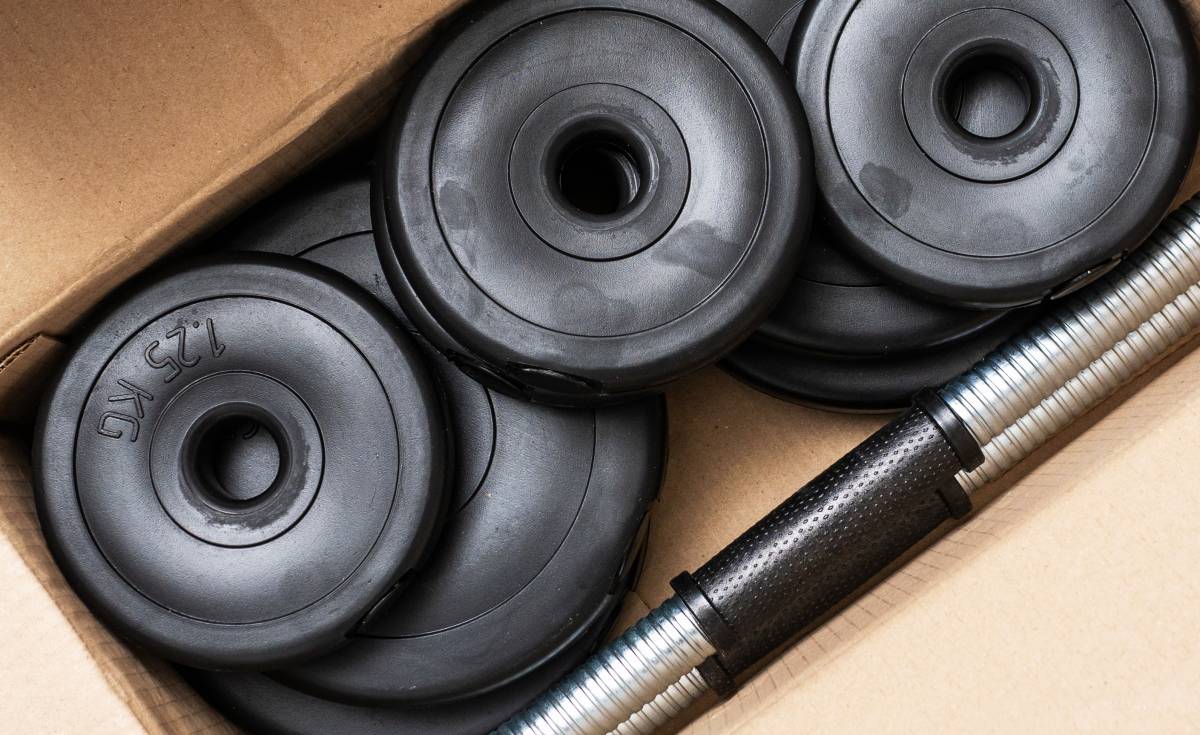
How to move gym equipment safely
Read more

How to pack kitchen items for moving
Read more

How to pack books for moving
Read more

How to move a washing machine
Read more

How to pack artwork for moving
Read more

How to move a pool table
Read more
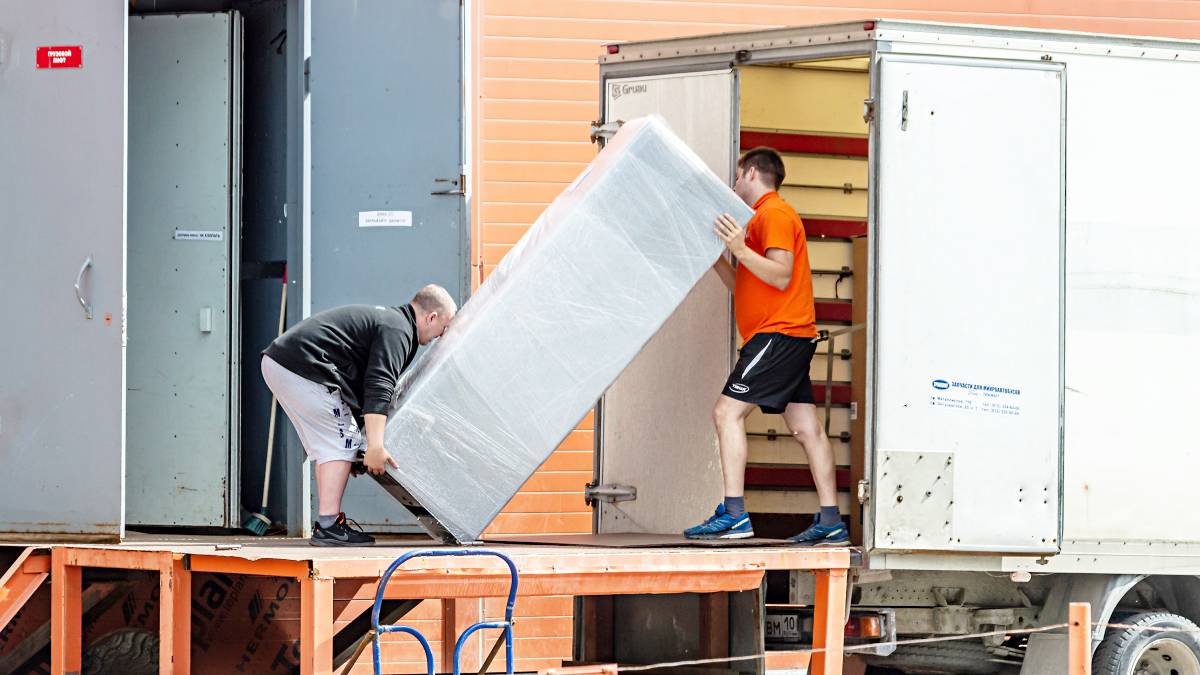
Moving a fridge: How to do it right
Read more

How to move a pinball machine
Read more

How to wrap furniture for moving
Read more

What moving companies won’t move
Read more

How to move a vending machine
Read more
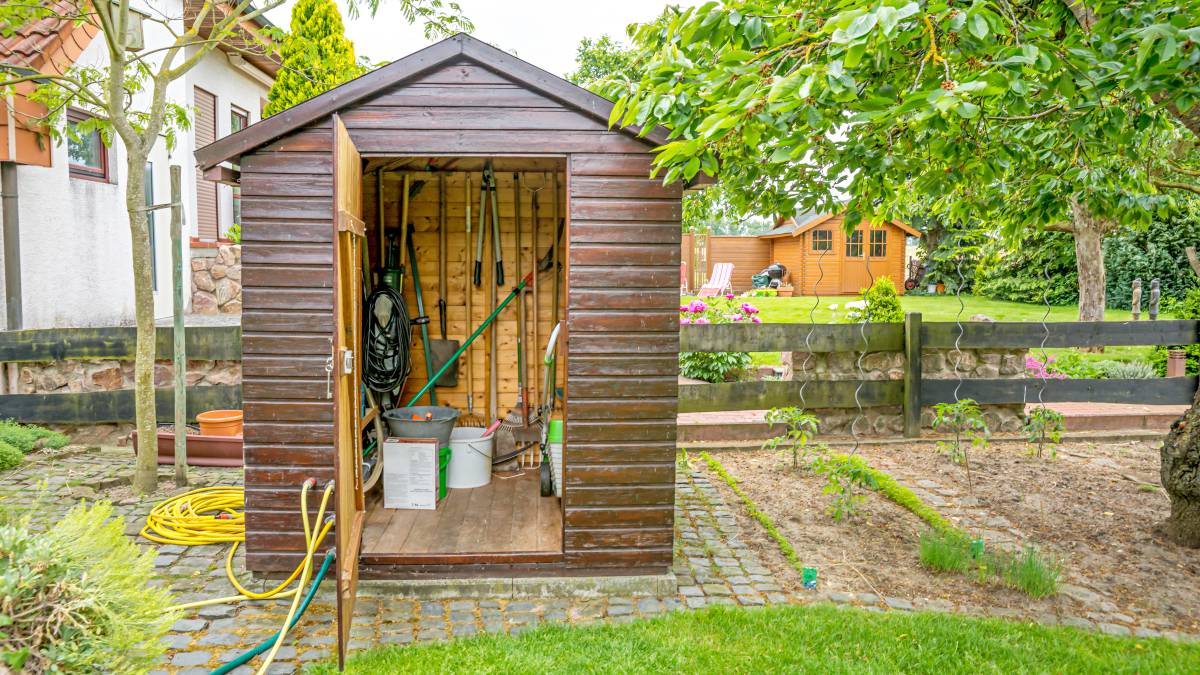
How to move a shed
Read more
Related price guides

How much does it cost to move house?
Read more

How much does it cost to move house?
Read more

How much do packers cost?
Read more

How much does piano moving cost?
Read more


